Google Ads, previously known as Google AdWords, works through a pay-per-click structure. You, the marketer, choose a specific keyword or phrase and bid alongside other competitors who are also targeting that word or phrase. These “bids” tell Google that this is the maximum amount you’re willing to spend on an ad. In some cases, the amount that others are willing to pay for their ad to be placed in a specific part of the Google research page is more than what your maximum amount would be. If that’s the case, your ad doesn’t get placed.
To help you better control your Google Ads costs, you can set a daily maximum budget for your ads. This means that no matter how many people click your ads, they’ll stop showing when they reach that number. For this reason, it’s vital that you understand how much you’re willing to pay for a click and how much to budget for your ad campaigns overall.
Your Google Ad Options
Before you launch your campaign, you’ll need to go through a series of steps to set up your Google Ads account. In doing so you’ll also discover that rather than have one broad type of “Google Ad”, there are actually several different options available, all of which fall under the umbrella of “Google Ads”. They include:
Search Campaigns
Search campaigns are what most people think of when they hear the term “Google Ads”. These are the text ads that appear on the search engine results pages when a user searches for a certain keyword or phrase. Marketers pay to show their ad in a certain part of the results page. The higher the ad on the results page, the higher the cost. However, text ads aren’t the only option available to you when it comes to using Google Ads effectively.
Shopping Campaigns
Shopping campaigns let you promote your products visually. These products can appear on the search results page as well as on Google Shopping. This is a great way to present your product to people who are looking to make a purchase at that very moment.
Display Campaigns
Google Ads also exist beyond Google itself. Display campaigns use Google’s entire network of website partners (called the Display Network) to show your ad across different websites on around 90% of the indexable internet.
Display campaigns can take a wide range of formats, including as a banner ad on third party websites, or as a video ad that appears as pre-roll content before a YouTube video. You can also advertise within Gmail and on Google Apps.
Video Campaigns
Although we previously mentioned that some Display Campaigns can show ads as a form of pre-roll footage before a YouTube video, Video Campaigns themselves can be targeted more specifically. Whereas the Display Campaign lets you broadly show your ad to anyone and everyone who happens to be browsing the web, a video campaign gives you much more precise control over how and where your video ad is displayed.
For example, you can create a video ad that’s skippable or not skippable, that appears before or in the middle of a video and so on.
App Campaigns
Last but not least are app campaigns. Thankfully, for app campaigns, you don’t need to design the ads individually. Google will take your creatives and text and mix and match them in different combinations. Ultimately, one will perform better than the others, and that becomes the one that Google uses more often than the rest. It’s a much more “hands-free” way to advertise your app.
How Much Does Google Ads Cost?
There’s no definitive answer, since the cost of Google Ads depends on your industry, how much your competition is bidding, how much you want to bid, and even the quality of your website. Every time a user conducts a search that matches the keyword or phrase you’re targeting, Google Ads goes to work, looking at who’s currently bidding for what spot and how well their Quality Score matches the given keyword or phrase, and then shows the ads accordingly. All of this happens within a fraction of a second.
Your Ads Will Improve Over Time
Depending on your ultimate goal with your ads (for example, getting a call versus getting a click versus getting foot traffic to your retail store), you’ll need to maximise all of the tools Google offers you in order to more accurately segment your audience. You can specify not only the maximum budget you’re willing to spend for a given keyword or phrase, but also the precise geographic region you want to target and much more.
Google gives you a basic “baseline” cost, however the more you improve your Quality Score, by doing things such as improving the loading time and content of your website, improving your ad copy or creative and much more, the better your Quality Score, and as a result, the less you pay. Learning how to accurately minimise costs while still maintaining a solid position among your competition is part of the ongoing juggling act of performance optimisation that is Google Ads management.
When to Hire a Professional
All of this information can feel overwhelming, especially when you’re a business owner that has to tend to your own customers, your inventory, your staff and everything else that has to do with running and managing your business on a daily basis. You don’t have time to look over every group of ads to optimise your campaign, which is why CLIQ MC is here to help. We’ve become one of the fastest-growing Google Ads management companies in Australia simply because we help companies and organisations large and small get results with Google Ads.
No matter what type of ad you want to run, or if you want to run a variety of campaigns, connect with us today to learn more about how we can help you get a higher return on investment by advertising on Google’s platform and using Google Ads to reach and retain more customers.




